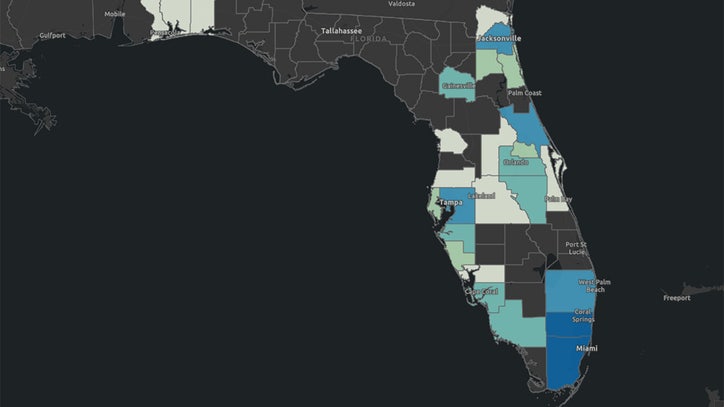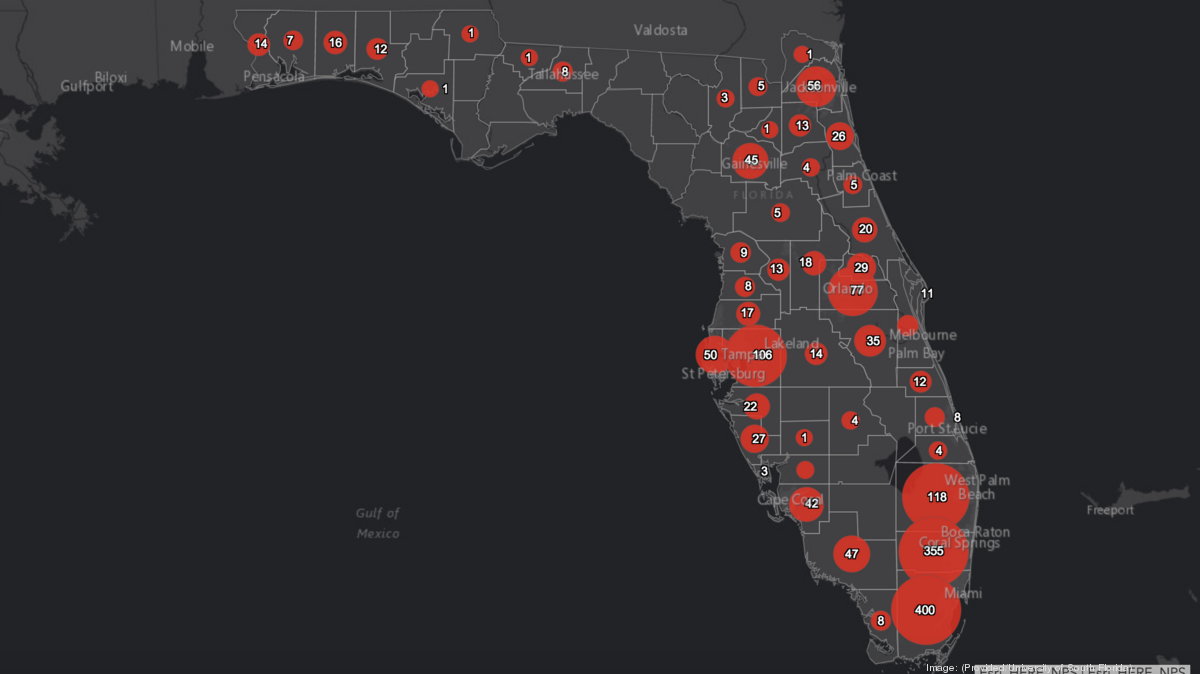



"'s public data are incomplete, sometimes changed without explanation, and have had information removed following questions from reporters," the Herald reports. The Miami Herald reported last week that Florida refused for weeks to release data on COVID-19 deaths at nursing homes and assisted living facilities, even as many other states did so. The state has faced other questions over its handling of coronavirus data. "There's a distinction there between total number of people tested versus total number of tests carried out." She's just a person who has been tested twice. "From a definition standpoint, 'total people tested' and what it actually represents is 'total number of tests conducted.' Those are two different measures," says Prins, explaining that she has been tested - but if she were tested again, she shouldn't be counted as a separate person. She also notes that the state's site doesn't appear to use the "total people tested" label accurately. You're just getting a bigger picture of what's going on," Prins says. "There's some data on there that either wasn't on the Florida COVID-19 DOH dashboard or was available and maybe wasn't presented in the same way that it's being presented now. The health department did not explain how it calculates its "total people tested" figure.Ĭindy Prins, a professor of epidemiology at the University of Florida, finds Jones' dashboard to be more comprehensive than the state's. We will continue to employ only official sources of information, ensuring that our online resources are the most factual and up-to-date available," he says. "The Department's goal has always been to provide accurate, confirmed information regarding COVID-19 in Florida in as expeditious a manner as is possible. But some of the data on Jones' dashboard, Moscoso says, "is either self-reported or derived from unofficial sources." Jones and the health department use much of the same underlying state and county data for case numbers and details.

The DOH dashboard gets its data from official sources, Moscoso said, including the statewide Merlin and Electronic Surveillance System for the Early Notification of Community-based Epidemics (ESSENCE) tools, as well as official reports from partner state and federal agencies. "They're adding their total test figures instead of their total people, which makes their percent positive extremely low," she says.īut the Florida Department of Health says it's Jones' dashboard that is using unreliable data.Īlberto Moscoso, a spokesman for the Florida Department of Health, said in a statement to NPR that Jones' dashboard "aggregates disparate sets of data without considering many of the important guidelines utilized by epidemiologists to arrive at their conclusions." Jones says that because many residents, such as health care workers, require repeated testing, the state's dashboard is artificially deflating the true positivity rate. But a person who tests negative will be counted over and over again each time they test negative for the coronavirus. She says that on the state's dashboard, any person who tests positive will be counted as a positive test only once, no matter how many times they test positive. "I actually wrote the script to create that data, so I know exactly what it looks like," she says, adding that she's audited it and checked it with several other statisticians to make sure it's correct. By her calculations, only two of the state's 67 counties at the moment meet the state's criteria for further easing restrictions.īut Jones says that figure is misleading. But it has a few key differences that reflect just how contentious coronavirus data has become amid politicized arguments about whether it's safe for states to reopen.Ĭase in point: Jones' dashboard has a map that shows which Florida counties are ready for the next phase of reopening. In some ways, Jones' new portal for Florida coronavirus data looks a lot like the state health department's. Now, she has created a dashboard of her own. Rebekah Jones was fired last month from her job at the Florida Department of Health, where she helped create a data portal about the state's COVID-19 cases. Screenshot by NPR/ Florida's Community Coronavirus Dashboard Now she has launched her own COVID-19 data portal for the state. Rebekah Jones says she was fired after she refused to manipulate coronavirus data at the Florida Health Department.


 0 kommentar(er)
0 kommentar(er)
